Camping
Big Bend National Park Camping | Survival Life National Park Series
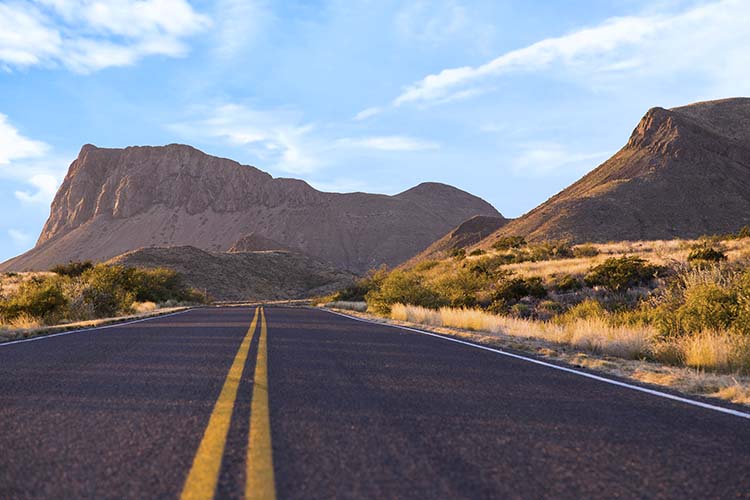
Camping is Bigger in Texas
Thinking about a Big Bend National Park camping trip? What are you waiting for?
Big Bend National Park is one of the most remote national parks in the US. The park's unique combination of desert and mountain landscape, along with the wide variety of plant and animal species that thrive there, make it like no other place on earth.
About Big Bend National Park: Quick Facts
- Named after the “big bend” in the Rio Grande River.
- Established June 12, 1944.
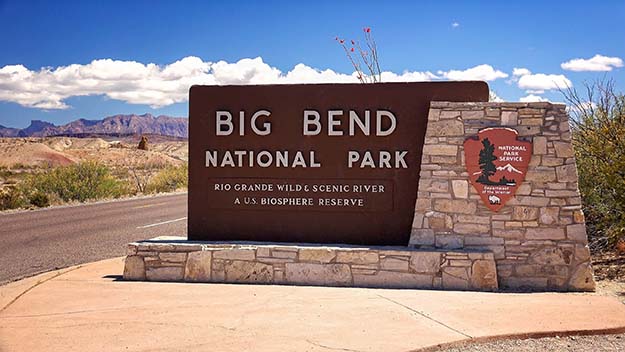
- Over 250,000 visitors each year.
- Park boundaries protect the largest amount of Chihuahuan Desert topography and ecology in the US.
- The only state park with an entire mountain range (the Chisos Mountains) within its border.
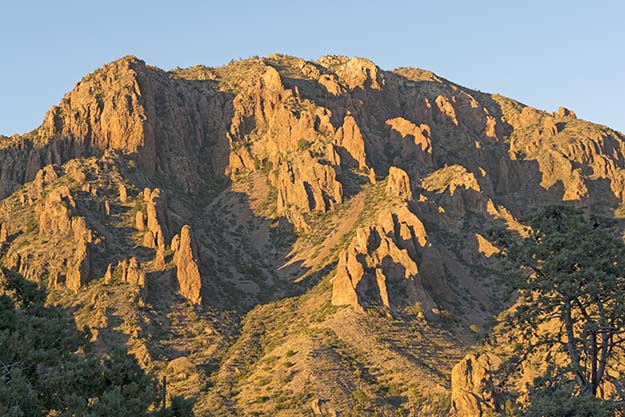
- Larger than the state of Rhode Island.
- Home to many petrified trees and prehistoric artifacts such as pictographs and mortar holes.
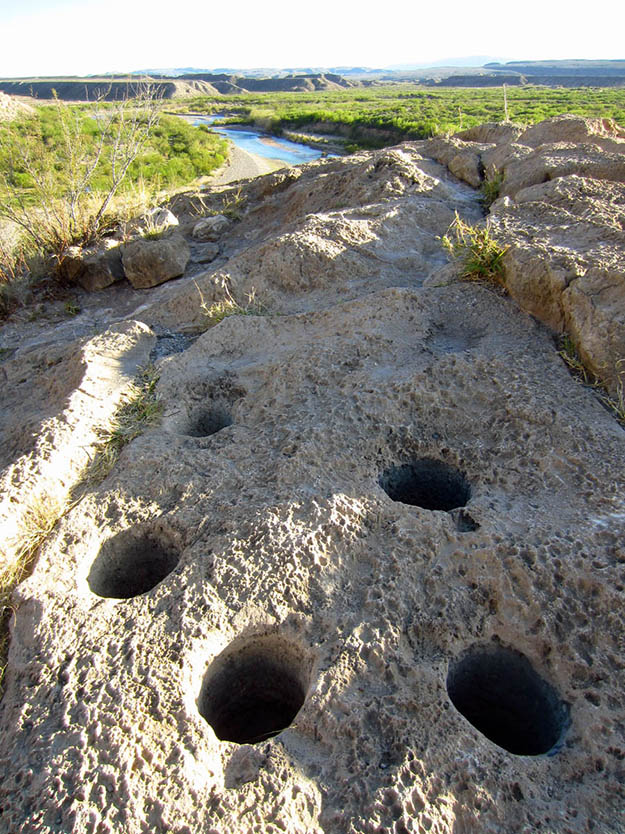
(Image via)
- Land area of 801,163 acres.
- Home to more than 1,200 species of plants, more than 450 species of birds, 56 species of reptiles, and 75 species of mammals.
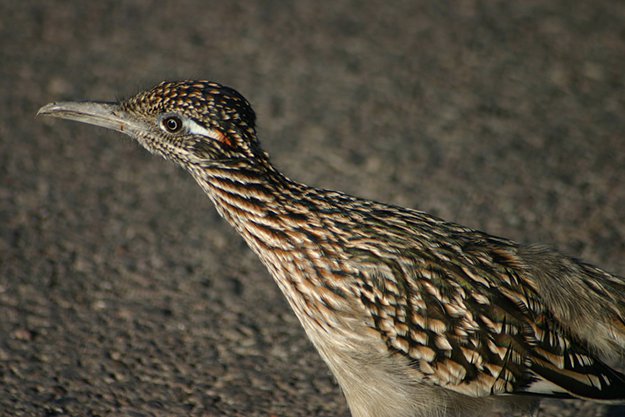
(Image via)
Preparing for a Big Bend National Park Camping Trip
Big Bend National Park is a camping destination like no other, but it is not without its challenges and dangers. Here are some of the things you need to prepare for if you're planning to camp at Big Bend.
Weather
Despite the desert locale, the weather in Big Bend tends to be relatively mild. May and June are the hottest months, with an average maximum temperature of 94 degrees Fahrenheit. Spring and fall are typically mild and pleasant, and the rainy season (from July to October) is an especially nice time to visit the park. Winter temperatures and conditions can vary drastically, ranging from warm sun to cold winds and even the occasional snowfall. Temperatures also vary drastically between the mountains and the desert floor. Visitors should always check the forecast and pack for a variety of weather conditions.
Safety
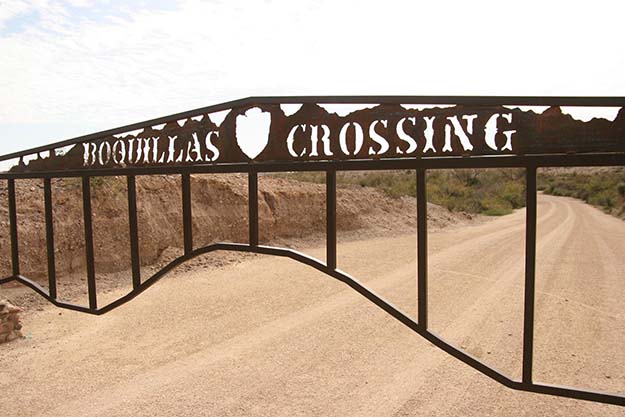
(Image via)
Here are the National Park Service's tips for staying safe while visiting Big Bend:
- Know where you are at all times, follow good safety procedures, and use common sense. Remember, cell phone service is limited in many areas of the park.
- Keep valuables, including spare change, out of sight and lock your vehicle.
- Avoid travel on well-used but unofficial “trails”.
- Do not pick up hitchhikers.
- People in distress may ask for food, water, or other assistance. It is recommended that you do not make contact with them, but note the location, and immediately notify park rangers. Lack of water is a life-threatening emergency in the desert.
- Occasional drug smuggling and border crossings occur within the park. If you see anything that looks illegal, suspicious, or out of place, please do not stop or intervene, but note the location, and call 911 or report any suspicious behavior to park staff or Border Patrol as quickly as possible.
- Ask at the visitor center or contact a ranger or a Border Patrol agent about areas where you may have concerns about traveling. (Source)
Click here to learn more about safety in the park.
Cellular Coverage
Cell phone coverage is sporadic throughout the park due to its remote location. However, pay phones can be found in some developed areas of the park.

Notice how most of the Big Bend area is in a white “no coverage” zone. (Image via)
Campgrounds
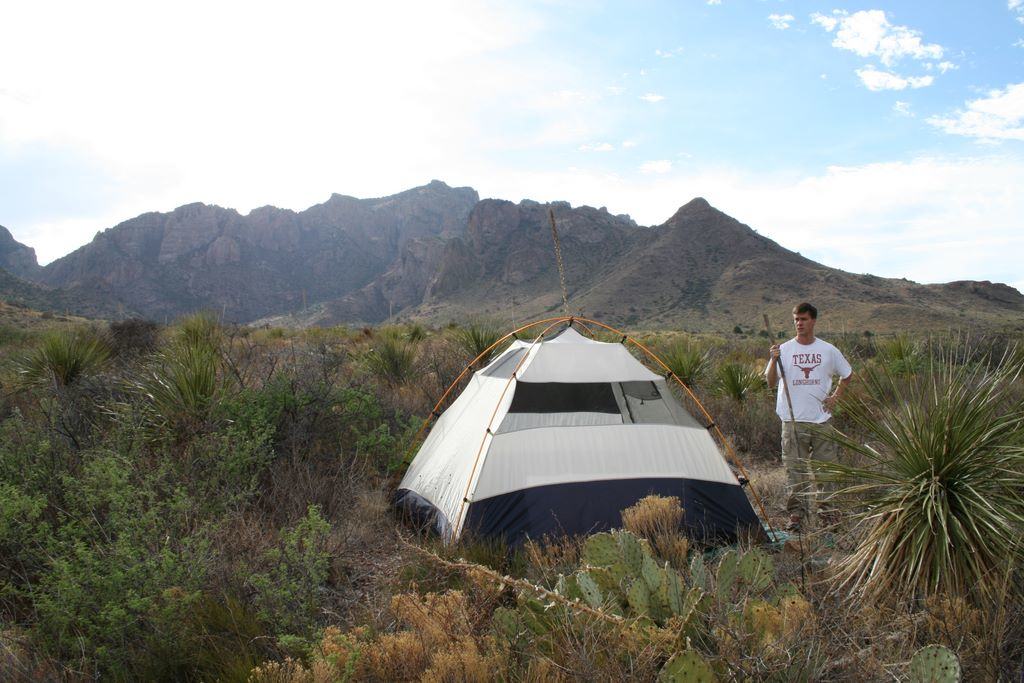
(Image via)
Big Bend National Park has three campgrounds: Chisos Basin Campground, Rio Grande Valley Campground, and Cottonwood Group Campground. Chisos Basin and Rio Grande Valley have both individual and group campsites, while Cottonwood is open only to groups. Click here for reservation info.
Wildlife
#WildlifeWednesday: a repost from @texas.wild! The silhouettes of two greater roadrunners. We crossed paths with these two lovelies while in #bigbendnationalpark. Not far down the path was a cuckoo tucked into the foliage. The yellow-billed cuckoo is calling in the video. #BigBendNPS #bigbend #nationalpark #findyourpark #usinterior #NPS100 #texaswild A video posted by Big Bend National Park (@bigbendnps) on
Big Bend is a wild place, dynamic and wide open, complete with the age-old life and death struggle of competition, survival of the fittest, a wildlife paradise. With over 650 species of vertebrates and 3,600 species of insects, Big Bend is a living, breathing laboratory of biodiversity. Visitors see it in action daily, often reporting their encounters with javelinas, sighting a mother bear with cubs, or delighting in the antics of the roadrunner chasing its lizard prey.
Pets
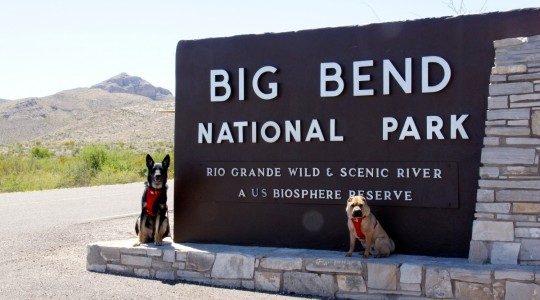
(Image via)
Pets are allowed in Big Bend National Park, but they aren't allowed on trails, off roads or on the river. They also must be kept on a leash no longer than six feet long at all times. You may not leave your pet unattended in your car or at your campsite. Click here for more information.
What to Do in Big Bend National Park
1. Window Trail
The Window Trail is a path leading to a V-shaped canyon called the Window, a perfect vantage point for sunset-viewing. The hike towards the Window is downhill all the way; the hike away from the Window is especially strenuous. The backdrop is one-of-a-kind, though, and the desert peaks magnificent to behold. (Source)
2. Santa Elena Canyon
You can access the spectacular view via paved road, and a 100 yard walk will take you to water’s edge. A 1.5 miles round trip hike will take you into the shadowy depths of the canyon, first climbing a series of paved steps then heading into the canyon and back down to rivers edge. The view is absolutely breathtaking. (Source)
3. Boquillas Canyon Rapids
Boquillas Canyon offers a whitewater rapids expedition you’ll never forget. It‘s a 33 mile-long trip down the Rio Grande, and includes two nights of camping out beneath a canyon rising 1,200 feet. The experience is mystical. (Source)
4. Ross Maxwell Scenic Drive

(Image via)
The Ross Maxwell Scenic Drive starts at eastern Burro Mesa. The 30-mile paved road features historic remnants of the park’s early frontier days. One of those remnants, the Sam Nail Ranch, provides places to stop and watch the wildlife as well as relax near the windmill. Further on, two overlooks, Blue Creak Ranch Overlook and Sotol Vista Overlook, offer views of the old Homer Wilson Ranch and the park. Five other historic places and overlooks dot the road. Near the end, the road drops into the Rio Grande Floodplain, where an eight-mile section of road frequently floods during late summer. (Source)
5. Bird Watching in Boot Canyon
Located within the Chisos Mountains, Boot Canyon's geography is destination unto itself, but the variety of birds inhabiting the lush mountain canyon can embolden the areas appeal. Avian species from Mexico and the eastern and western United States commingle within the park’s boundaries, making Boot Canyon one of the premier birding locations in the park. Common species include hummingbirds, wrens, warblers and the occasional peregrine falcon. (Source)
6. Stargazing
@joehendricks' #airstream trailer under the stars and painted with light. You can almost hear the quiet desert at night. #BigBendNPS #bigbend #nationalpark #findyourpark #usinterior #NPS100 #stars A photo posted by Big Bend National Park (@bigbendnps) on
Big Bend is known as one of the outstanding places in North America for star gazing, in fact, it has the least light pollution of any other National Park unit in the lower 48 states. One factor that makes this possible is simply the sparse human occupation of this region. The obvious impression one gets of wildness in the Big Bend is the lack of visible lights indicating a house or a town. Most urban areas have such an abundance of light that very few stars are able to be seen. This can be a real surprise to visitors when they are outside in the Big Bend at night and see the Milky Way in its full glory for perhaps the first time in their life. Realistically one can see approximately 2000 stars on a clear night here compared to perhaps a few hundred in a medium sized city. The dark night sky has always been a visual impression in the Big Bend, with very few exceptions. (Source)
7. Ranger-Led Programs
Join a park ranger for a guided hike, evening program, talk, or workshop on Big Bend's natural and cultural history. Programs are generally offered daily, and are free of charge. Programs vary weekly; current schedules are posted at park visitor centers or may be viewed online. (Source)
8. Langford Hot Springs
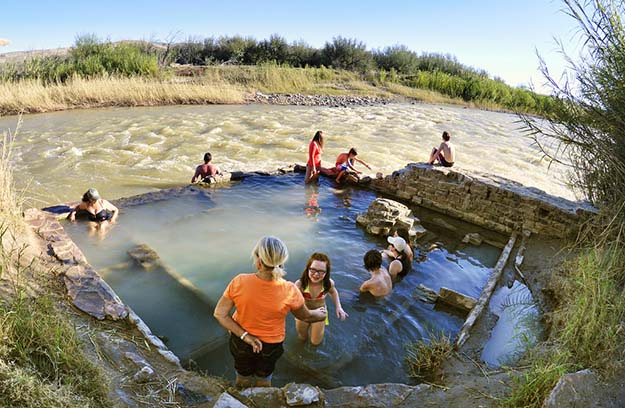
(Image via)
Sitting in Langford Hot Springs, situated adjacent the Rio Grande, is like sitting in a hot tub, but even more refreshing. The waters of these springs are about 105 degrees Fahrenheit; the springs were formed by volcanic activity. (Source)
9. Emory Peak
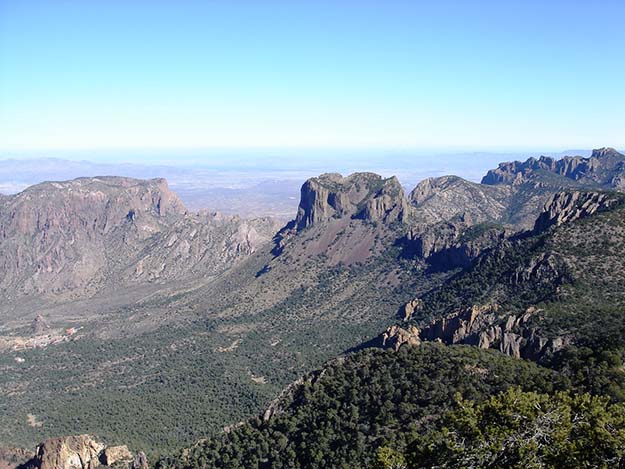
(Image via)
Emory Peak is the highest point of the Chisos Mountains, a mountain range completely contained within Big Bend National Park. And you can scale Emory Peak via the Emory Peak Trail. No climbing gear is necessary, but you should be cautious the whole way up. You should also watch out for mountain lions. (Source)
10. Old Ore Road
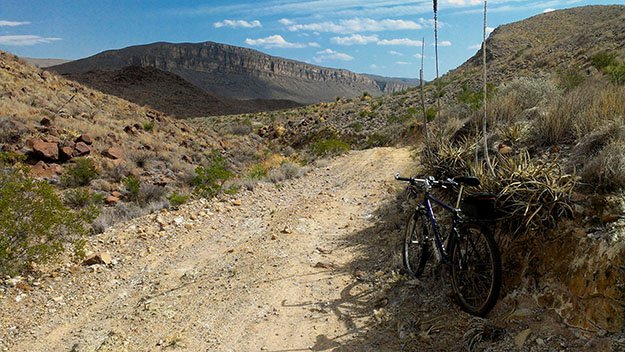
(Image via)
Old Ore Road is 26 miles of unpaved scenic glory. This road served as a transport route for mining companies at the start of the twentieth century. Motorized vehicles have long since replaced the mules, however. Be sure your camera’s ready to go: Old Ore Road provides countless terrific shots of the mighty Chisos. (Source)
Want to know more about Big Bend National Park? Check out the video below!
To tour the rest of our nation's national parks, check out the rest of our National Park Series.
-

 Paracord Projects1 year ago
Paracord Projects1 year agoParacord Projects | 36 Cool Paracord Ideas For Your Paracord Survival Projects
-

 Paracord Projects1 year ago
Paracord Projects1 year agoHow To Make Paracord Survival Bracelets | DIY Survival Prepping
-

 Medical Care1 year ago
Medical Care1 year ago21 Home Remedies For Toothache Pain Relief
-

 Knife Laws1 year ago
Knife Laws1 year agoAre Switchblades Legal? Knife Laws By State
-

 Do It Yourself1 year ago
Do It Yourself1 year agoSurvival DIY: How To Melt Aluminum Cans For Casting




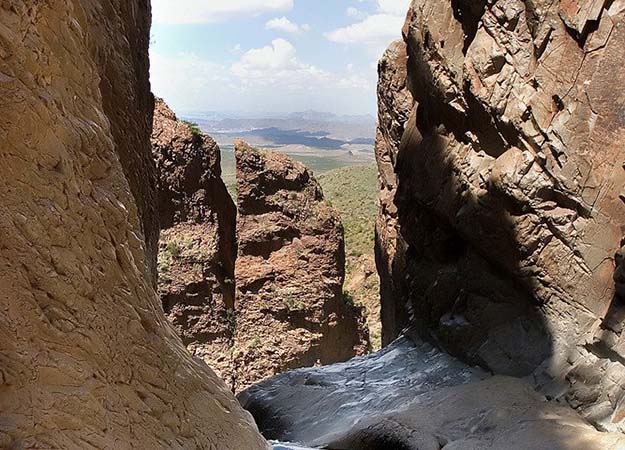
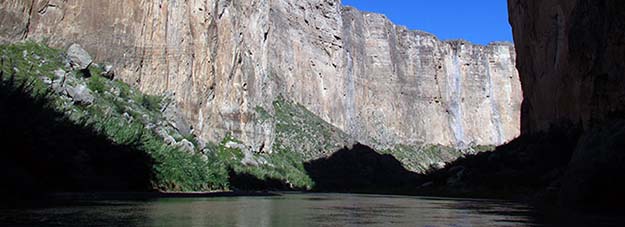
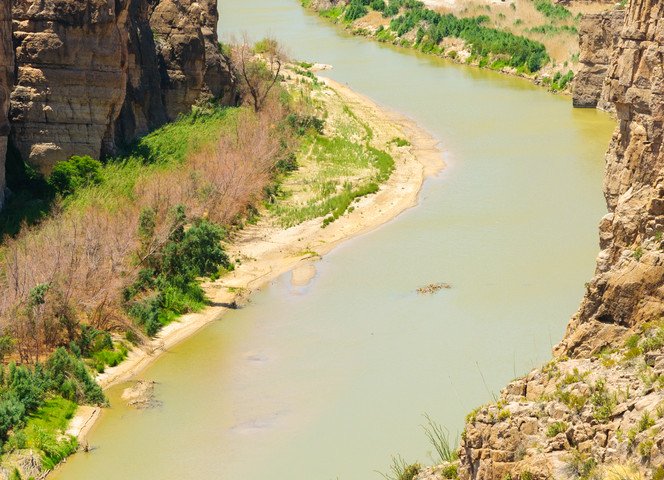
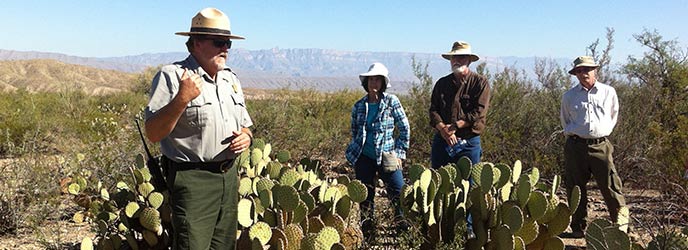

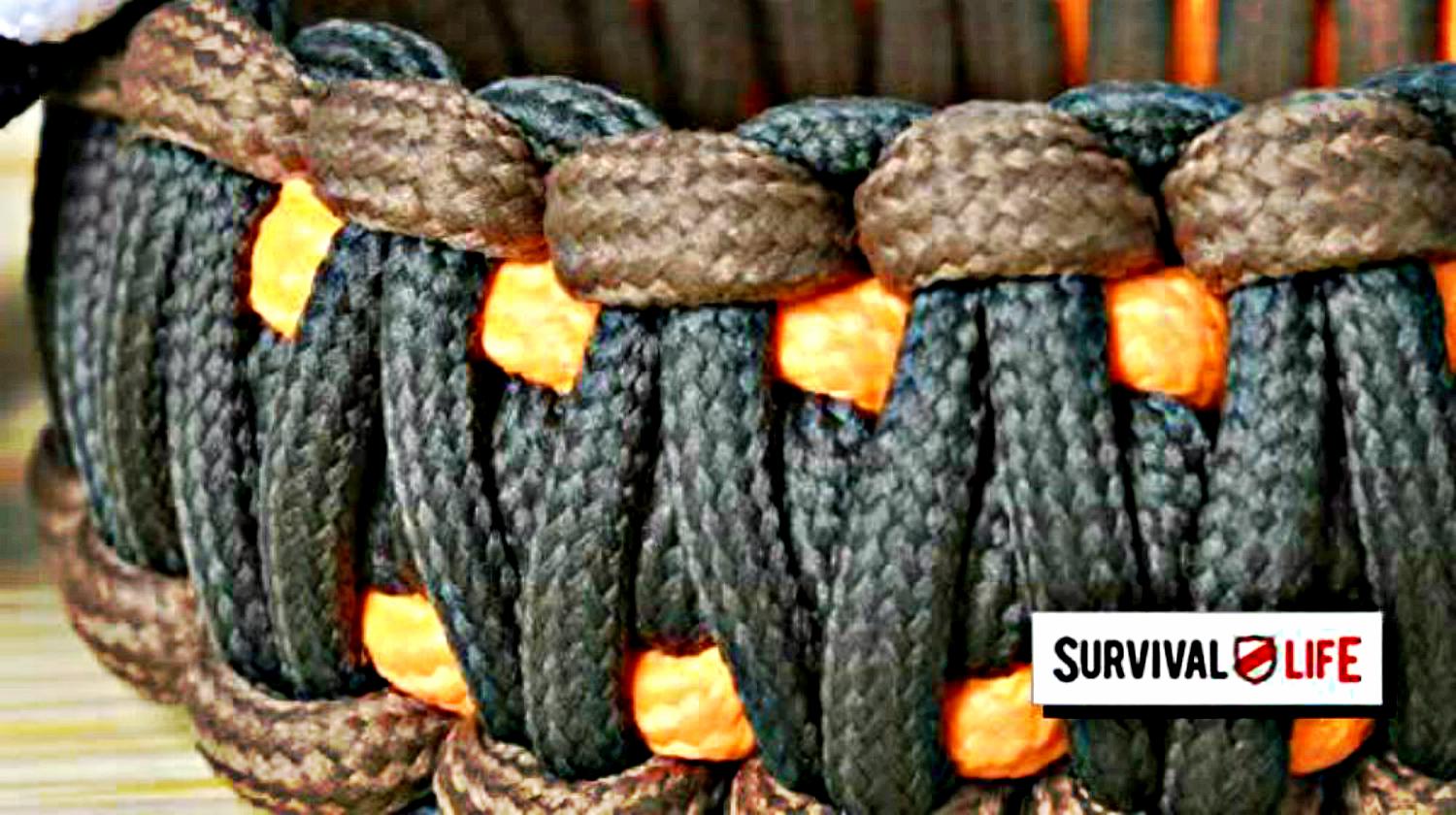



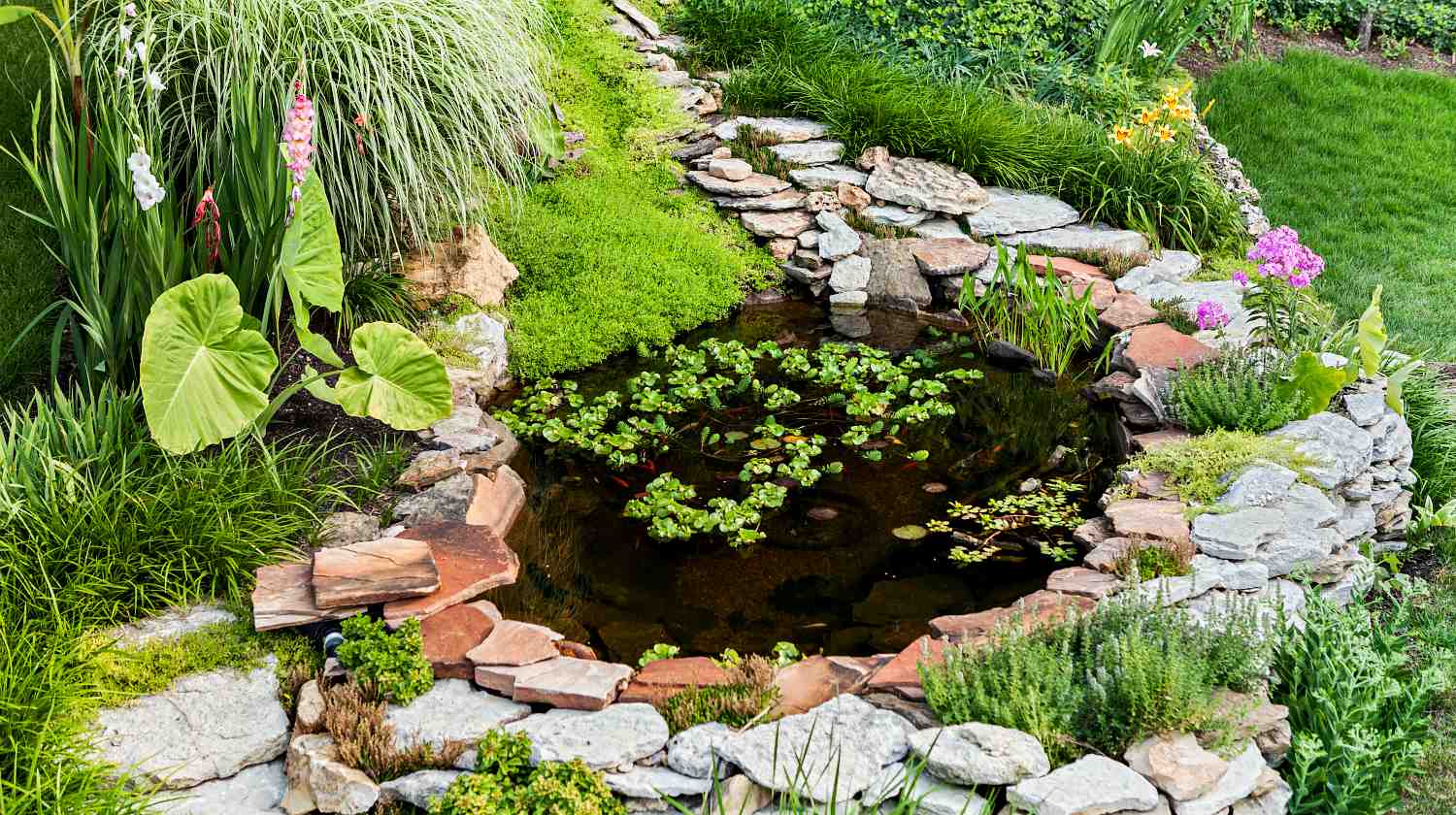
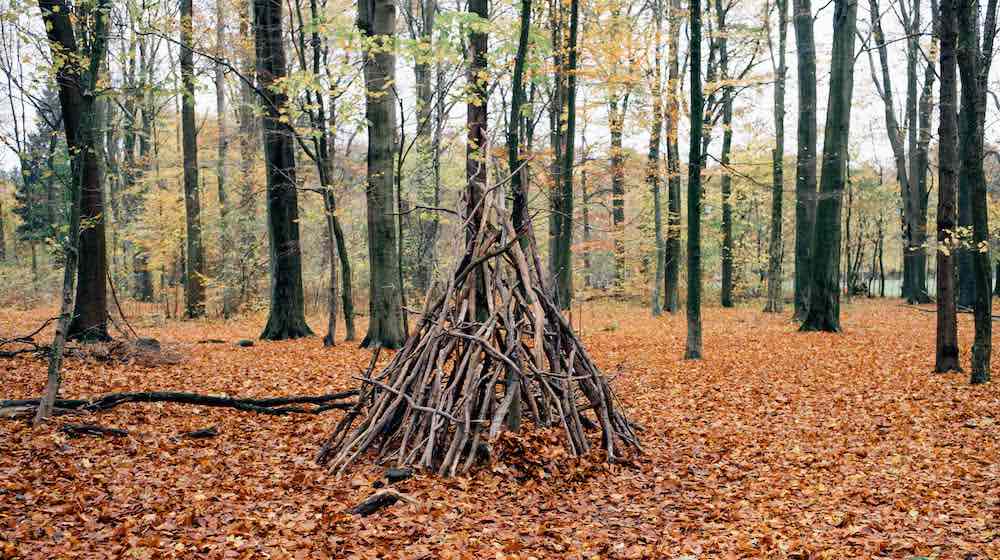


Pingback: Have a Big Time at the Best Campgrounds in Texas | Survival Life